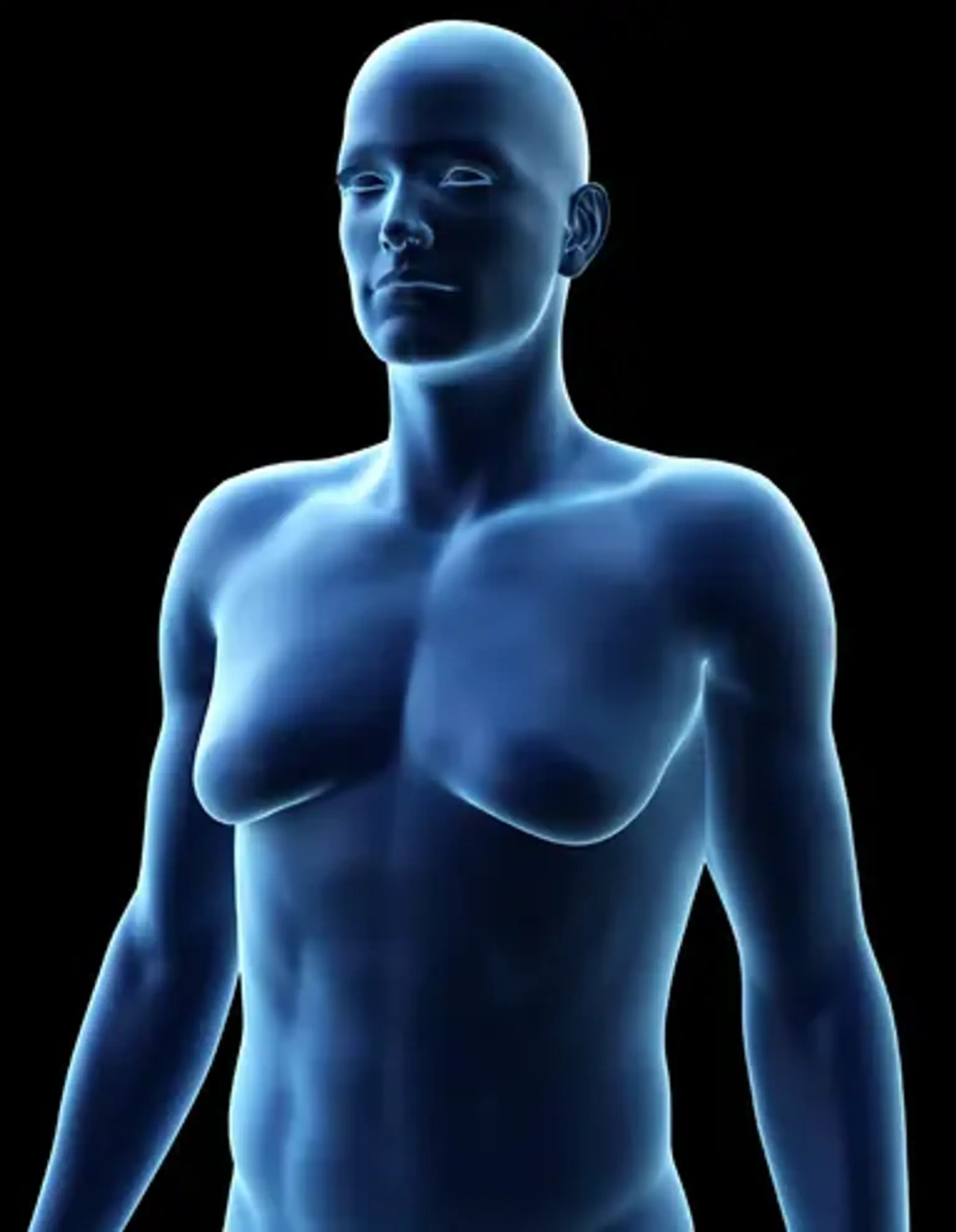Enlargement of breasts in men (Gynecomastia)
Overview
Gynecomastia is a relatively prevalent condition. It can be caused by anything from benign physiological processes to uncommon neoplasms. The doctor must understand the hormonal variables involved in breast growth to appropriately evaluate the etiology of gynecomastia. Once gynecomastia has been detected, the underlying reason must be treated. If no underlying reason is found, diligent monitoring is advised. However, if the gynecomastia is severe and recent in development, medicinal therapy can be tried first, and if that fails, glandular tissue can be surgically removed.
Gentlemen, if you're worried about your chest proportions, you're not alone. If you feel like every shirt is too tight, or if you don't like the way your chest looks in photographs, it's not a cause for concern. There are treatment options available to fight gynecomastia and restore your body even before puberty. Overall, being proactive about treatment and using the right products is key to achieving the results you want.
